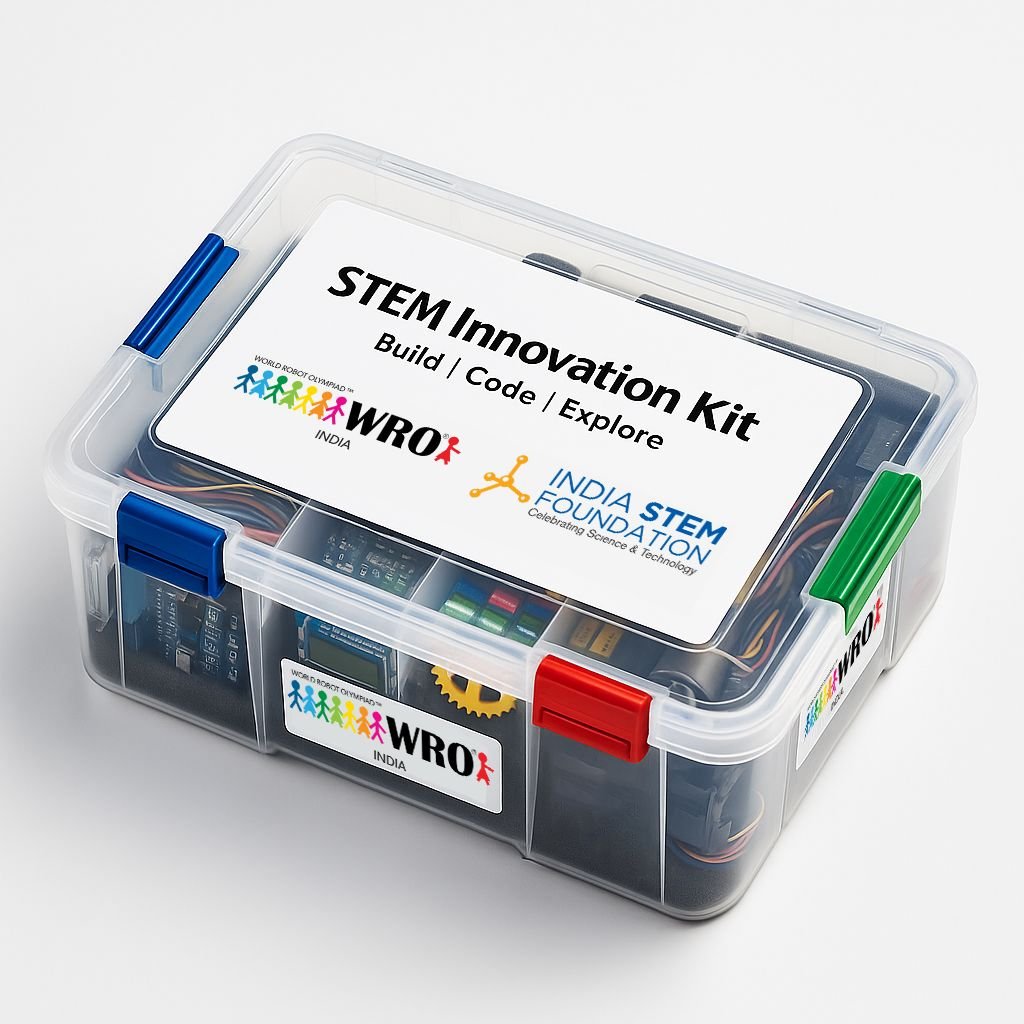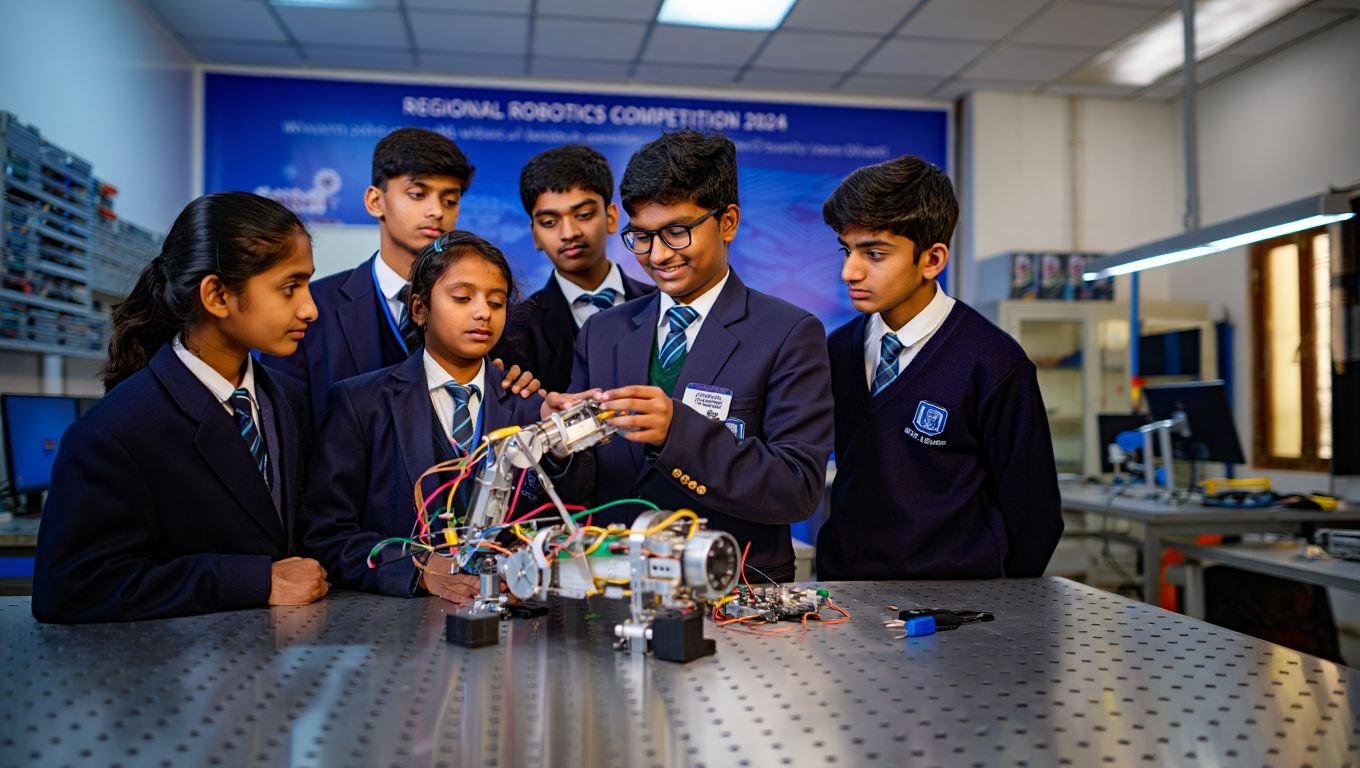Encouraging Indian girls to pursue STEM jobs is essential in overcoming gender gaps in the disciplines of science, technology, engineering, and mathematics. Despite progress, cultural prejudices, a dearth of role models, and restricted access to resources are the key reasons why women are still under-represented in STEM fields. To close this gender gap and unleash the creativity and leadership potential of young girls, STEM occupations should be encouraged. In addition to highlighting noteworthy projects and role models, this article examines the state of female involvement in STEM in India today and offers solutions for removing obstacles and promoting an inclusive STEM environment.
Girls’ participation in STEM education is essential because, in addition to promoting diversity and innovation, they act as significant role models for the workforce of the future. Their work acts as a spark for innovations that transform entire sectors of the economy and open doors for the next generations. Girls in STEM have always advanced the discipline with their expertise, inventiveness, and perspectives—from Marie Curie’s groundbreaking discoveries to the accomplishments of modern female scientists, engineers, and technicians. In this sense, the growth of STEM areas and STEM education is now greatly influenced by the participation of women.
Current Landscape of Girls in STEM in India
Prejudices and cultural views significantly influence the number of girls who engage in and are represented in STEM disciplines, as STEM education makes abundantly evident. Girls face barriers in STEM education due to cultural biases and assumptions that STEM fields are better suited for men. The lack of information regarding mentors and role models in STEM fields exacerbates the under-representation of girls in these fields. Addressing the issue requires initiatives that promote STEM education for girls and inspire them to pursue careers in the field. We can challenge societal norms and provide supportive conditions to help females flourish in STEM and reduce the gender gap.
The gender gap is one of the main issues that still plague STEM fields. Statistics and research consistently demonstrate the under-representation of women in STEM areas. In comparison to males, women are less likely to seek degrees and employment in STEM fields and are under-represented in the STEM workforce. This mismatch limits the variety of approaches, methodologies, and problem-solving techniques that are accessible, which has a detrimental effect on diversity and creativity in STEM fields. A more diverse STEM community would provide a greater range of ideas and solutions, advancing the growth of science and technology. Diversity fosters innovation. These disparities perpetuate stereotypes and biases that restrict women’s potential and make it harder for them to excel in STEM professions. It is crucial to address this disparity for the sake of social justice as well as to advance STEM education, especially STEM for girls.
Initiatives and Programs Supporting Girls in STEM
Girls Who Code: This global organization connects girls with mentors in the IT sector and teaches them coding skills through summer immersion programs and coding clubs. Females Who Code offers after-school programs and seminars in India that provide females with practical experience in computer science, web development, and programming. The objective is to increase the proportion of women in the tech workforce by fostering their interest in, confidence in, and technical abilities.
India STEM Foundation: This organization, which is committed to advancing STEM education in India, offers a number of initiatives targeted specifically at females. These consist of interactive sessions, scientific fairs, and STEM seminars aimed at making STEM subjects interesting and approachable. The foundation works with schools and communities to create environments where girls can explore STEM interests and gain practical experience through project-based learning.
The Akanksha Foundation: With a goal of giving impoverished children access to school, this organization incorporates STEM education into its curriculum for female students. Through collaborations with business leaders, the foundation provides targeted training, mentorship, and exposure to STEM professions. The Akanksha Foundation seeks to close the achievement gap and encourage girls from marginalized backgrounds to pursue careers in STEM fields.
Scholarship Programs: To encourage more girls to pursue STEM degrees, various institutions and organizations offer scholarships specifically for female students. These scholarships help cover tuition fees, provide stipends, and offer financial support for research projects. Scholarships like the Google AnitaB.org Scholarship and the Indian Women Scientists Association (IWSA) grants are examples of initiatives that aim to reduce financial barriers and support women in STEM education.
Mentorship Programs: Many schools and colleges have developed mentorship programs that connect female students with experienced professionals in STEM fields. These programs provide guidance, career advice, and support for navigating academic and professional challenges. Mentors often include industry leaders, researchers, and alumni who offer insights into STEM careers and help girls build networks and gain practical experience.
Corporate Internships and Training Programs: Major tech companies such as Google, Microsoft, and IBM run internship programs specifically aimed at young women. These programs offer practical experience in a corporate setting, helping girls apply their STEM knowledge to real-world problems. Internships provide opportunities for skill development, professional networking, and potential career pathways in the tech industry.
Strategies for Promoting STEM Careers Among Girls
- STEM Enrichment Programs: Introduce girls to STEM concepts through enrichment programs in elementary and middle schools. Activities such as robotics clubs, science experiments, and coding workshops can spark interest and build foundational skills.
- Field Trips and Hands-On Workshops: Organize field trips to science museums, tech companies, and research centers and offer hands-on workshops to provide practical experiences and inspire curiosity in STEM fields.
- Mentorship Programs: Pair girls with female mentors who are professionals in STEM fields. Mentors can offer guidance, career advice, and encouragement, helping to build confidence and provide a clear path to success.
- Showcasing Role Models: Highlight successful women in STEM through guest lectures, media features, and school programs. Role models can demonstrate the diverse career opportunities available and serve as inspiration for young girls.
- Inclusive Curriculum: Develop and implement curricula that highlight the contributions of women in STEM and incorporate diverse perspectives. Ensuring that girls see themselves represented in STEM subjects can increase engagement and interest.
- Enhanced Resources: Provide schools with resources and materials specifically designed to engage girls in STEM learning. This includes updated textbooks, interactive technology, and hands-on kits that make learning more accessible and engaging.
The next generation of female leaders and innovators in STEM fields may be fostered by putting these tactics into practice, which will help close the gender gap and foster a more encouraging and welcoming atmosphere for girls in STEM.
In conclusion, It is imperative that the gender gap in STEM be addressed in order to promote a more inventive and varied sector. A dearth of role models and cultural prejudices frequently prevent girls from pursuing STEM fields. Girls need assistance and inspiration from organizations like Girls Who Code and the India STEM Foundation, as well as from focused scholarship and mentorship programs. We can foster an atmosphere where females flourish in STEM by putting techniques like early STEM exposure, inclusive curriculum, and improved resources into practice. This will eventually advance diversity and creativity in these vital sectors.



